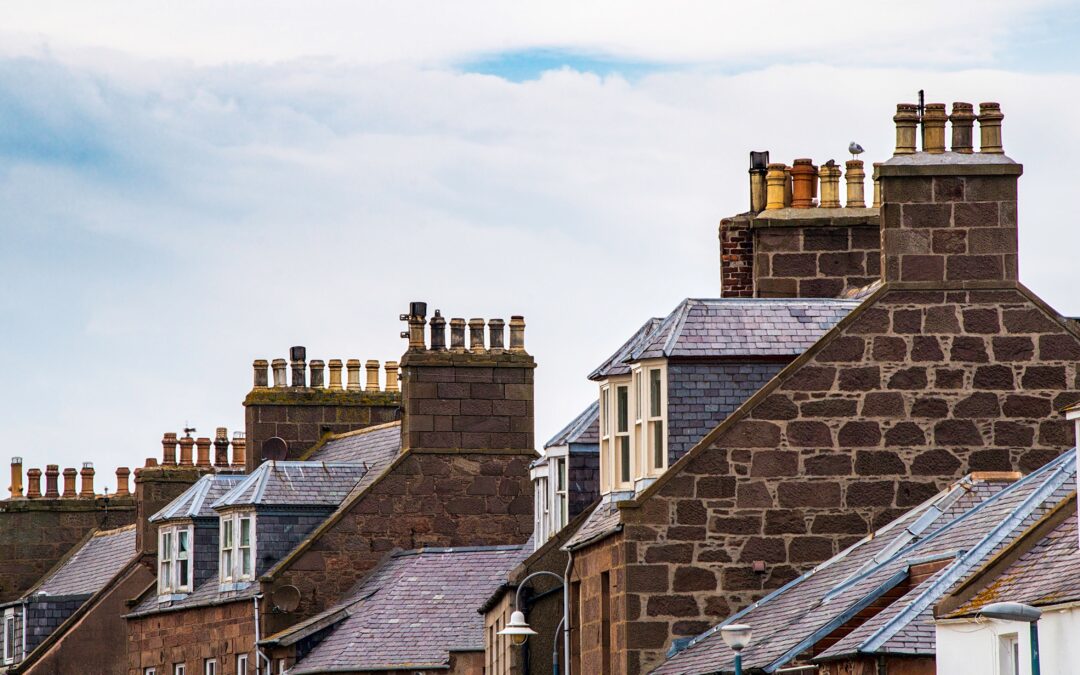Your roof is one of the most critical elements of your home. It’s your first line of defence against rain, wind, and even extreme heat. Yet, because it’s not something we look at every day, many homeowners overlook early signs of wear and tear until the damage becomes impossible to ignore, or very expensive to fix.
If you want to stay ahead of costly roof replacements, understanding the early signs your roof needs repair is essential. Whether you’re concerned about a recent storm or you’re simply keeping on top of your home maintenance, here’s everything you need to know to spot trouble early and act fast.
Visible Damage to Roof Shingles or Tiles
You may also notice granules from shingles accumulating in your gutters. This means the protective coating on your shingles is breaking down. When this happens, it’s a strong sign your roof is nearing the end of its life.
Leaks and Water Stains Inside the Home
These leaks often originate from damaged flashing, failed seals around chimneys or skylights, or broken tiles. If left unchecked, they can rapidly deteriorate your home’s interior and may even compromise its safety.
Sagging Roof Areas or Uneven Surfaces
Sagging is not something to ignore. If the underlying structure is compromised it can put your entire home at risk. Prompt roof damage repair by a qualified roofer is crucial to prevent further issues.
Damaged Flashing Around Chimneys or Vents
If you notice rusted metal or pieces missing from these edges, this can be a direct path for water to enter your home. Flashing issues are a leading cause of roof leaks, so they should be addressed promptly as part of your general roof repairing routine.
Moss, Algae, or Mould Growth on the Roof
Sagging is not something to ignore. If the underlying structure is compromised it can put your entire home at risk. Prompt roof damage repair by a qualified roofer is crucial to prevent further issues.
Clogged or Overflowing Gutters
Keep an eye out for granules from shingles in your gutters as well as this is another sign that your roof’s protective coating is deteriorating.
Sunlight Entering Through the Roof Boards
These signs of roof damage are easily missed unless you make a point of checking your attic a few times a year, particularly after storms or heavy snowfall.
Loose or Missing Roof Fixtures
It’s important to inspect for anything unusual, even if your roof appears generally intact. Catching a minor issue early can help avoid a much larger local roof repair job later on.
Does Your Roof’s Age Determine Its Condition?
Older roofs are naturally more vulnerable to leaks, warping, and general degradation. If your roof is over 20 years old and hasn’t had a recent inspection, now is a good time to schedule one.
How Does a Damaged Roof Affect Your Home’s Efficiency?
Additionally, water ingress can lead to mould, mildew, and even rot, affecting indoor air quality and the structural integrity of your home. Addressing these issues early is not just a matter of appearance but of health and long-term savings.
Don’t Wait Until It’s Too Late
By regularly inspecting your roof and acting on early warning signs like leaks, sagging, moss, or missing shingles, you can ensure your home stays safe, warm, and dry all year round.
How do I know if my roof has water damage?
Water stains on ceilings or walls, damp spots, mould growth, musty odours, and peeling paint are clear indicators of water damage resulting from a roof leak.
Can moss or algae growth indicate roof problems?
What should I do if my roof is sagging?
Do missing shingles always mean my roof needs immediate repair?
Can I inspect my roof for damage, or should I hire a professional?
How often should I check my roof for signs of damage?
Ready to Repair or Replace?
Whether you’re dealing with a minor leak or wondering when to repair or replace your roof, we’re here to help.
Don’t wait for the damage to get worse get in touch today for your FREE inspection or send us an email info@apexroofingsussex.co.uk

